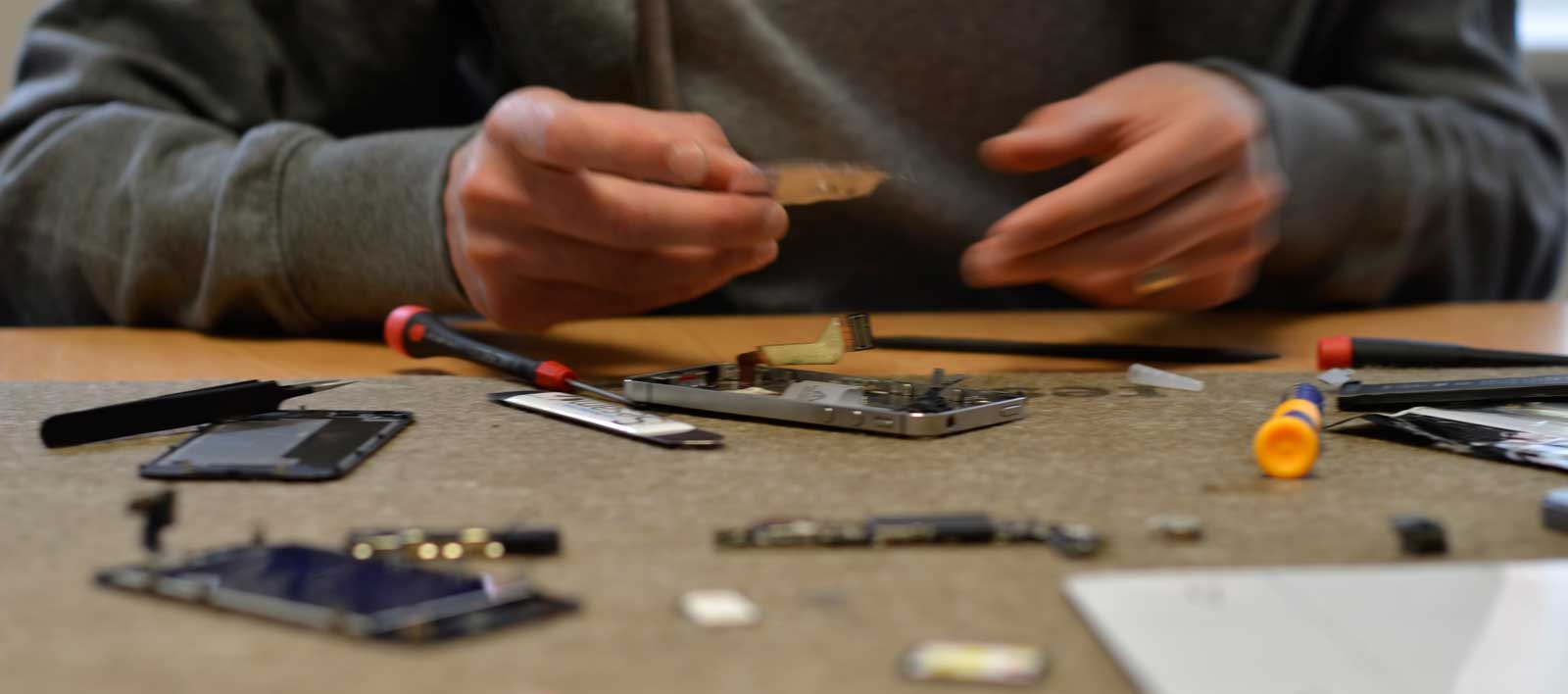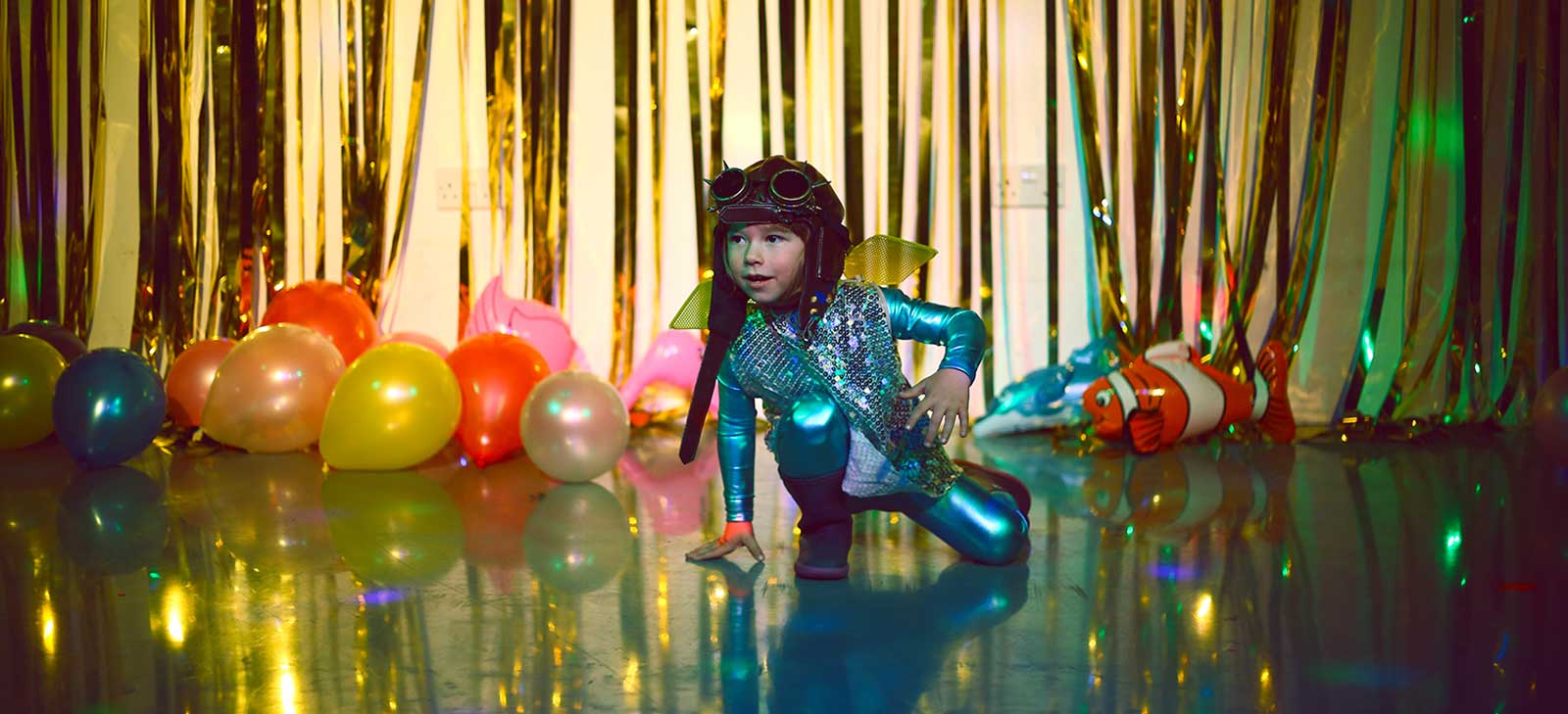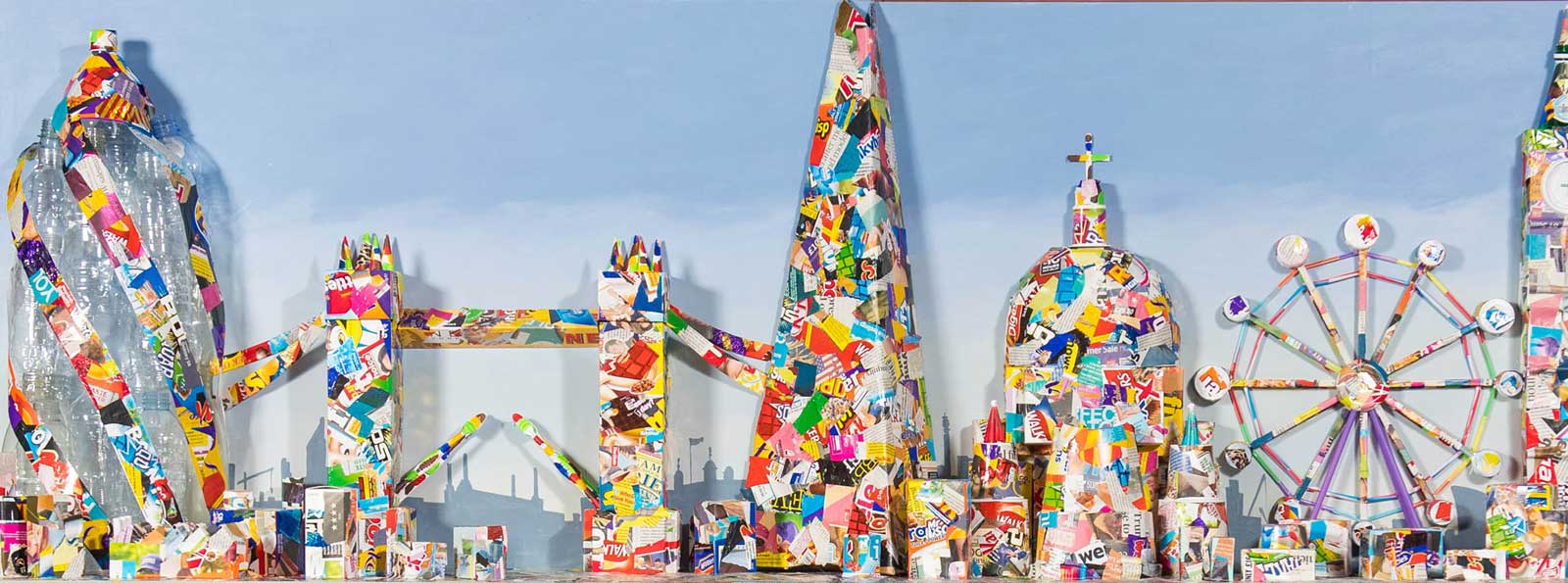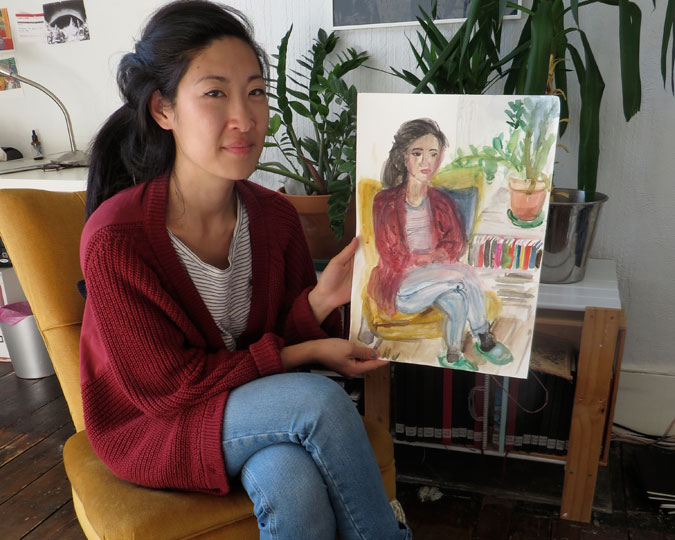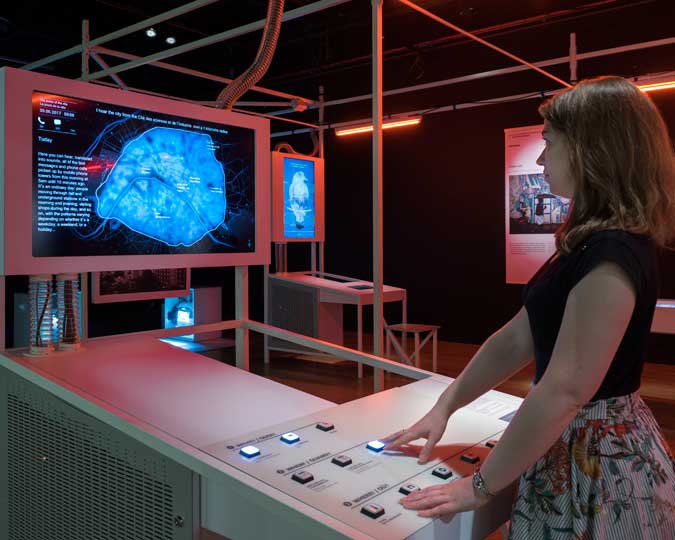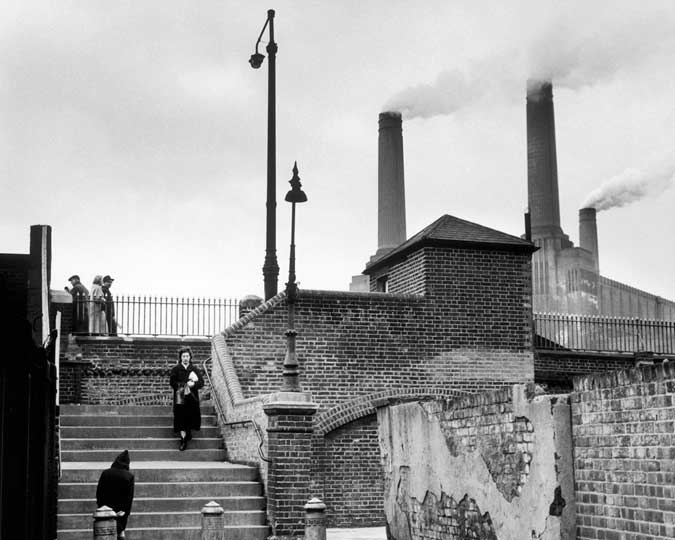The Festival of Radical Fun will take over the Museum of London on 7 October 2017. Artists, makers, and performers will offer free entertainment and transformative activities. From some of the groups who'll be at the festival, here's three how-to guides on fixing things, having free fun with the kids, and building a better city.
How to fix a laptop (and smash the system)
The Restart Project is a not-for-profit that brings people together at Restart Parties across London to fix their broken electronic things. Here’s how to organise your own.
- Find some people who can fix things. Ask at community halls, hackspaces, churches, electronics shops and schools. Note: even if you only have a few Restarters at your first party, don’t worry – more will appear.
- Find a venue. A cafe, community hall, a church, a pub – it can happen anywhere as long as it’s free.
- Be insured! If you haven’t got public liability insurance, work with a group or venue that has.
- Choose a date. A weekday evening works best. It’s either the Restart Party or another episode of Celebrity Cat Dine With Me On Ice.
- Tell people: email lists, a Facebook group, a big banner, some A4 photocopied posters in windows around the area – all of these things work.
- Set up the space. You’ll need some hosts on the door to greet people, add their items to the repair list, and direct them to the right fixer.
- Put the kettle on, sort out some biscuits. Sit there nervously counting down the hours.
- Open. People will arrive with their flickering bike lights, silent alarm clocks and uncooperative iPhones. Over the course of the evening, they’ll learn how to fix them. You will have played a small part in saving the world. Your future grandchildren will be proud.
How to organise a rave for all the family
Disco Loco is East London’s knees-up for folks with kids. Each month they hold huge, exuberant, community parties for families with DJs, dancing, food, games and a bit of a show. Here’s their 6 point guide to organising your own weekend breakfast rave.
- Have a sleepless night.
- Wake up feeling terrible, keep the curtains closed, gather the family in your pyjamas. Decide to have a rave to cheer yourselves up.
- Find as many disco accessories as you can: low lighting, torches, flashing kids toys, face paints, make up, glitter, leg warmers – whatever you have in your home. Make the tea and get some breakfast snacks ready to serve on party plates.
- Choose an awesome playlist from our resident DJ Emilia Harmony at: www.mixcloud.com/emiliaharmony
- Clear some space in your living room or kitchen for a dance floor. Add cushions, turn down the lights, turn the music up and you’re ready.
- Dance! You can freestyle, hold dance competitions, mirror each other’s dance moves or try lie-on-your-back-limbs-in-the-air-dancing. Take selfies. Do the mashed potato. Share with your kids the heady, messy magic of losing it to your favourite dance floor anthems of all time. Lip sync in your living room and sing into hairbrush microphones. Queue at the bar (fridge) for a drink. Have the time of your life. And make a date to come to the next Disco Loco!
How to build your own cityscape
Scene Everything are artists Nicholas Mortimer and Joseph Popper. They’re going to build an imaginary future skyline outside the museum at the Fesitval of Radical Fun. Here’s their guide to creating your own.
- Collect your materials. Get in the recycling bins for cardboard, paper and anything else you can get your hands on. In terms of kit, you’ll need cutting tools, tape, glue, pencils, pens and rulers.
- Clear the area. Scenery is big, so make sure you have enough space. Do it in the street if necessary.
- Imagine your own future city. What is it like to live there? What activities or industries are most important? What buildings do what? How does the population move around? Where do people live? What are the public spaces?
- Choose a scale to work at. Go 1:1, or life-size, if you’re feeling ambitious. 1:2, or half size, is the right scale for scenery. Or just make it as big as your kitchen table.
- Get making!
- Develop the skyline as you go, responding to the scene as it changes in front of you. Start with the general block shapes, and add detail later.
- For an extra dimension, think about how to light your cityscape, and what angles you can photograph it from.
- Finished! Welcome to your future city.








